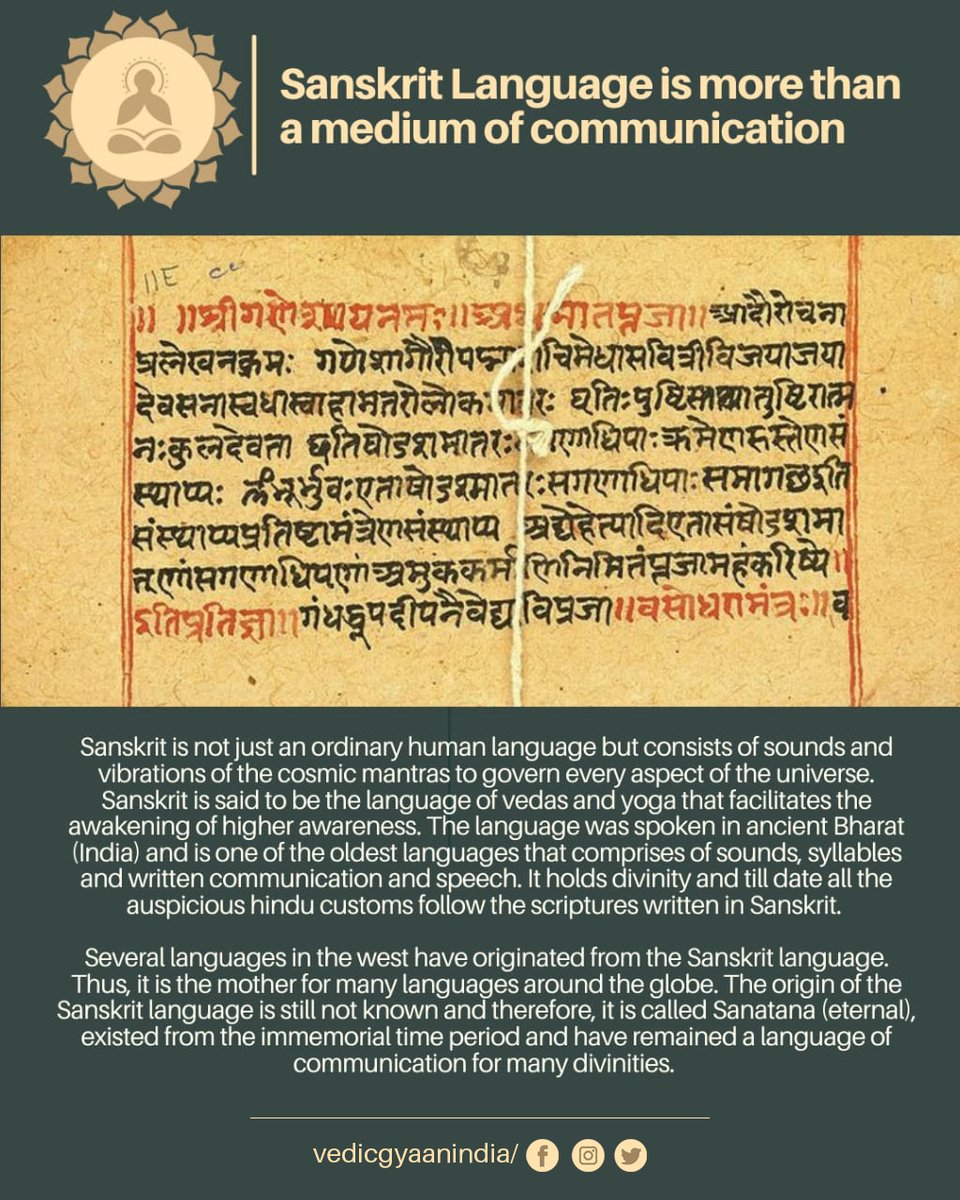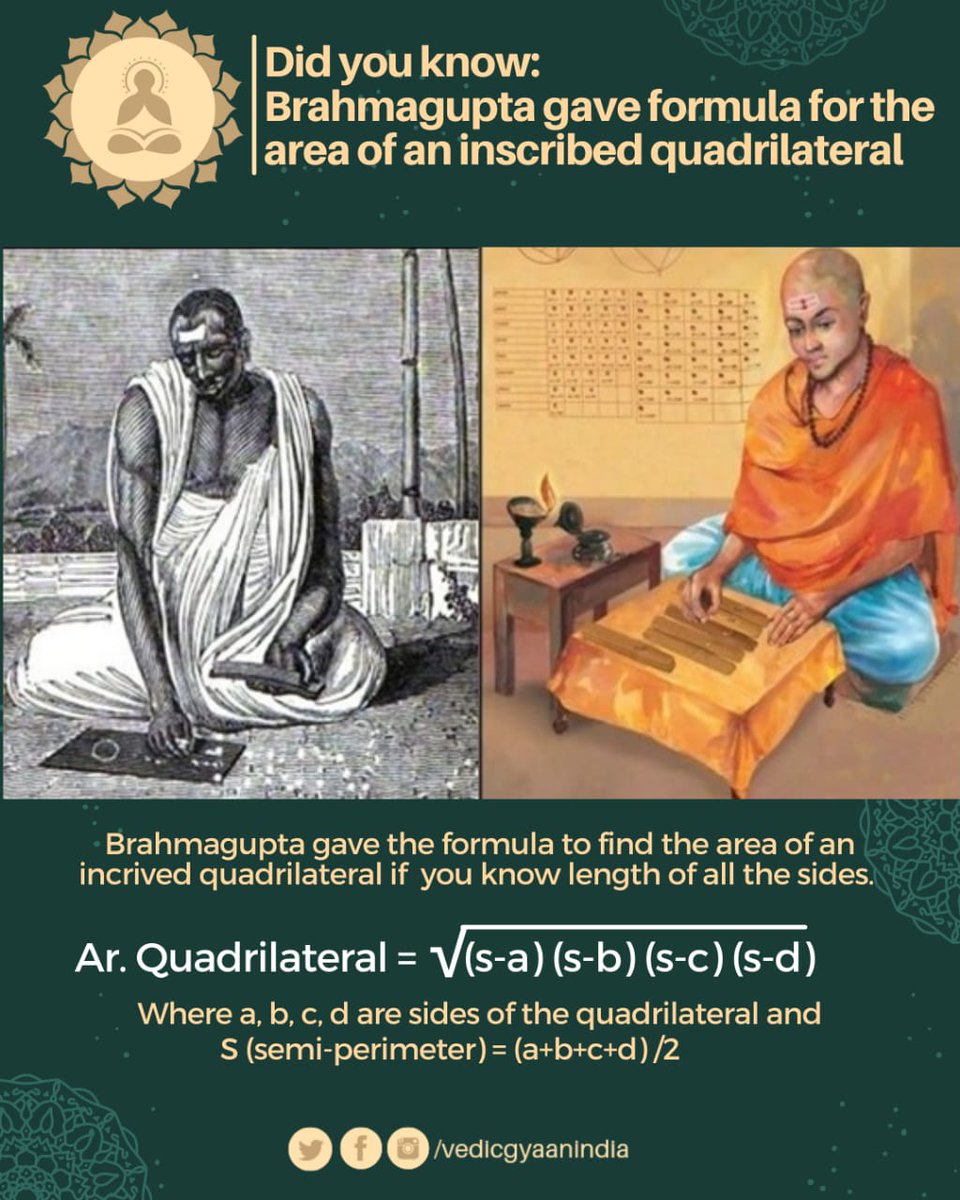
India has been the land of many globally renowned inventions such as Yoga, Ayurveda, Zero, etc. The country’s inventions are not just limited to arts, crafts, cuisines, science, and culture but sports too. You will be surprised to know many of the modern games which are 



flourishing in other nations had their beginnings in India. One of the most ancient games that originated in India is Chess. Chaturanga is an ancient Indian strategy board game that predates chess. According to some researchers, chaturanga was first described in Bhavishya Purana.
The Sanskrit word "chaturanga" means 'four-limbed, referring to ancient army divisions of infantry, cavalry, elephantry, and chariot. The origin of chaturanga has been a puzzle for centuries. It has its origins in the Gupta Empire, with the earliest clear reference dating from
the sixth century of the common era, and north India, but it is also said that it originated long before the Gupta empire. An ancient battle formation, Akshauhini, is similar to the setup of chaturanga. Chaturanga was played on an uncheckered 8×8 board, also known by the name
"Ashtāpada", which is also the name of a game. The board sometimes had special markings, that marks were not involved in Chaturanga but can be related to the modern-day game Ludo or the ancient game of Chausar. The objective in chaturanga, the same as modern chess, is to
checkmate the opponent's Raja (king) Raja (king): moves one step in any direction (vertical, horizontal, or diagonal), the same as the king in chess. There is no castling in chaturanga. Mantri (minister or counselor); also known as Senapati (general): moves one step diagonally in
any direction. Ratha (chariot): moves the same as a rook in chess- whereby the rook moves horizontally or vertically, through any number of unoccupied squares.
Gaja (elephant): three different moves are described in ancient literature
Gaja (elephant): three different moves are described in ancient literature
Ashva (horse): moves the same as a knight in chess.
Padàti or Bhata (foot-soldier or infantry); also known as Sainik (warrior): moves and captures the same as a pawn in chess, but without a double-step option on the first move
Padàti or Bhata (foot-soldier or infantry); also known as Sainik (warrior): moves and captures the same as a pawn in chess, but without a double-step option on the first move
• • •
Missing some Tweet in this thread? You can try to
force a refresh









